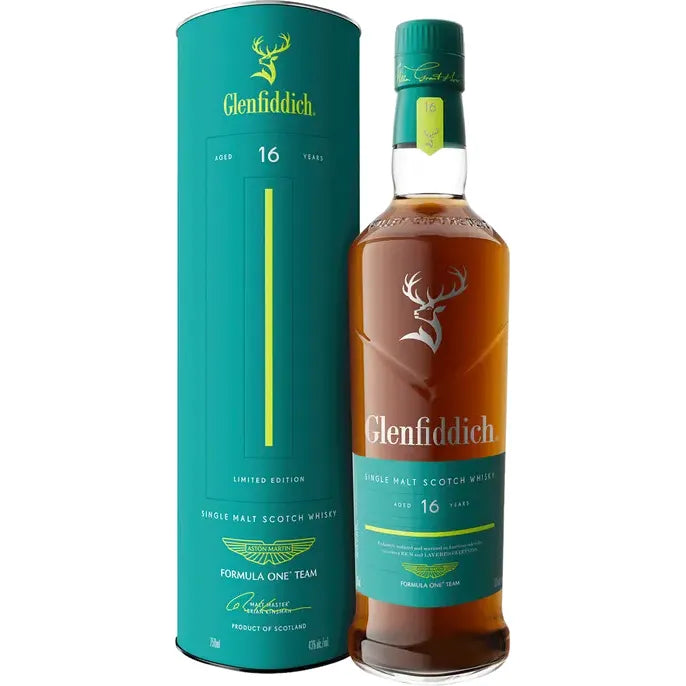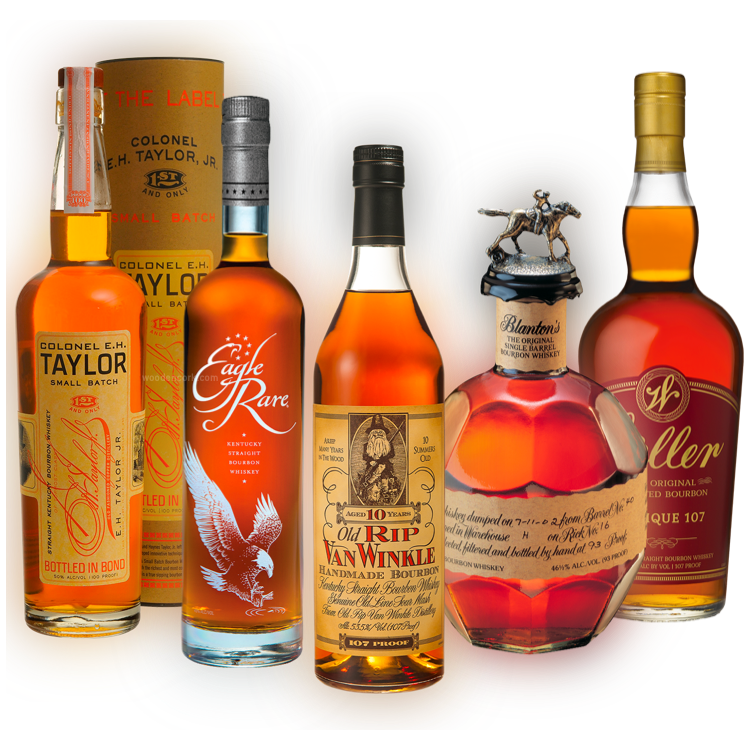These Cocktails and Bars Have Helped Gin Rebound
Editor’s note: occasionally we bring you on-premise stories from our sister publication Cheers, because most alcohol trends begin at bars and restaurants.
Like the boy who cried “Wolf,” every so often some cocktail prognosticator declares that “This is the year for gin!” And then the sales numbers come out and once again, the fortunes of the juniper spirit seem not to have improved much, and people stop paying attention.
But there are signs that consumers are finally beginning to learn to appreciate gin in its many variations.
While total gin consumption fell by nearly 1% in 2016, according to Cheers’ research arm Beverage Information Group, that’s an improvement on the decreases of the past two years. What’s more, imported gin was up nearly 3% last year. The top domestic brands are Seagrams, New Amsterdam, Gordon’s, Barton and Gilbey’s; the leading imports are Tanqueray, Bombay Sapphire, Beefeater, Hendrick’s and Bombay original.
The gin renaissance has for the past decade centered on craft cocktail bars. Marquee billing, bartender enthusiasm and frequent inclusion in classic and new-fangled cocktails helped bring the juniper spirit back to prominence.
After all, gin was one of the key building blocks in the emergence of the cocktail, not only in its London dry form, but also as the sweetened Old Tom style and the malty Dutch genever—the forerunner to all gins. But gin rarely received the sort of treatment that numerous bars have bestowed on vodka, tequila, rum and whiskey, stocking 50, 100, 250 or more versions of a given spirit. More bars and restaurants are giving gin its due, however.
The New Gin Palace
Gin-centric bars have been cropping up nationwide, from the Gin Joint in Charleston, SC, to Bathtub Gin in New York. The Intercontinental Barclay Hotel New York unveiled the Gin Parlour last year, inspired by Dutch and English gin bars of the 1920s.
Danny Shapiro of Chicago’s Scofflaw has been watching the return of gin since opening the gin bar in 2012. “We chose gin because my partners and I love it. When I used to get asked for a ‘dealer’s choice’ cocktail before, I always grabbed a gin bottle, because it’s the most intriguing spirit out there.”
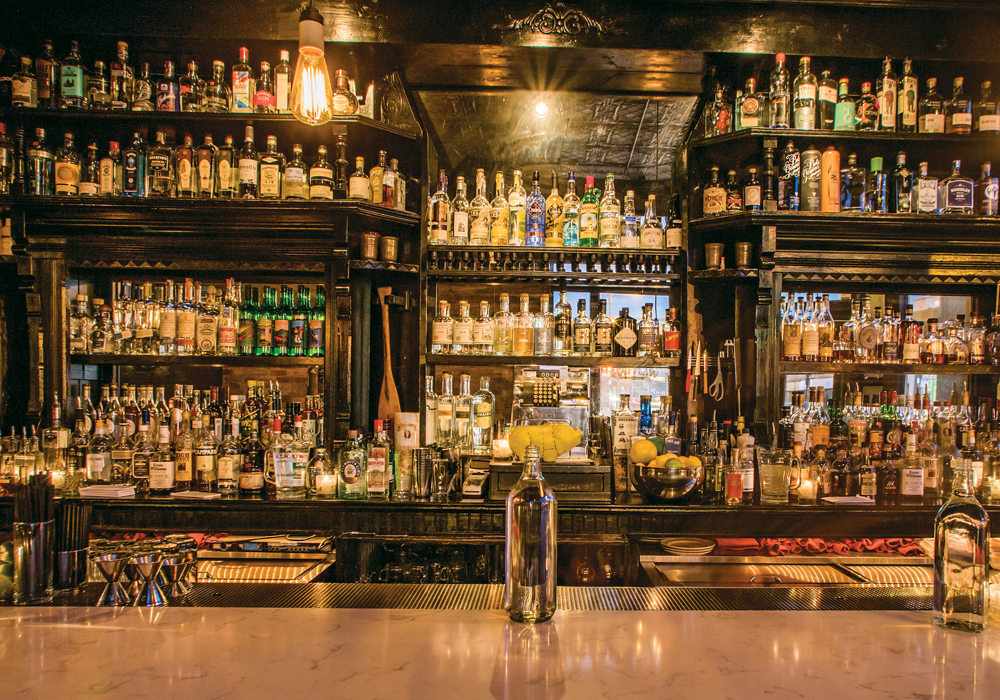
Consumers are starting to agree. “People really embraced us and the gin idea, more than we thought possible,” Shapiro says, noting that barrel-aged gins work well with his customers. “It’s possibly because it’s more accessible to the whiskey drinker, which is what we see a lot of in Chicago.”
Scofflaw’s cocktail menu is modest—eight or so drinks—but having opened with 70 gins, the bar now features about 100, and it’s running out of space for new ones. Gin accounts for around 25% of Scofflaw’s spirit sales
The current drink list includes the Sundial ($10), with gin, vermouth, Fernet Branca, grapefruit bitters, salt and eucalyptus, and the First of Four ($9, pictured atop), with gin, Aveze gentian liqueur, crème de violette, honey, lemon and cucumber. There’s also a rotating gin Collins.
One of the bigger splashes in the gin game is Whitechapel in San Francisco. The monument to gin was opened in late 2015 by Martin Cate, better known for his extravagant and successful Tiki temple Smuggler’s Cove. Whitechapel now boasts the most gins of any bar in the U.S., Cate says—more than 600, including some vintage and rare collectibles.
The 19-page cocktail menu lists 127 cocktails under rubrics such as Original Cocktails, Honor Among Thieves, Lost and Forgotten, Punches and Bowls, Gin Flights and more. Cocktails explore the full range of gin’s aromatic and flavor possibilities.
For instance, the Dog’s Nose cocktail is a pre-1837 recipe using Ransom Old Tom gin, porter, brown sugar and nutmeg, while the classic Ramos Gin Fizz is gin, orange-flower water, cream, sugar, egg white, lemon, soda and lime. The 1916 Blue Moon is made with Bombay Sapphire gin, French vermouth, Creme Yvette liqueur, orange bitters and claret.
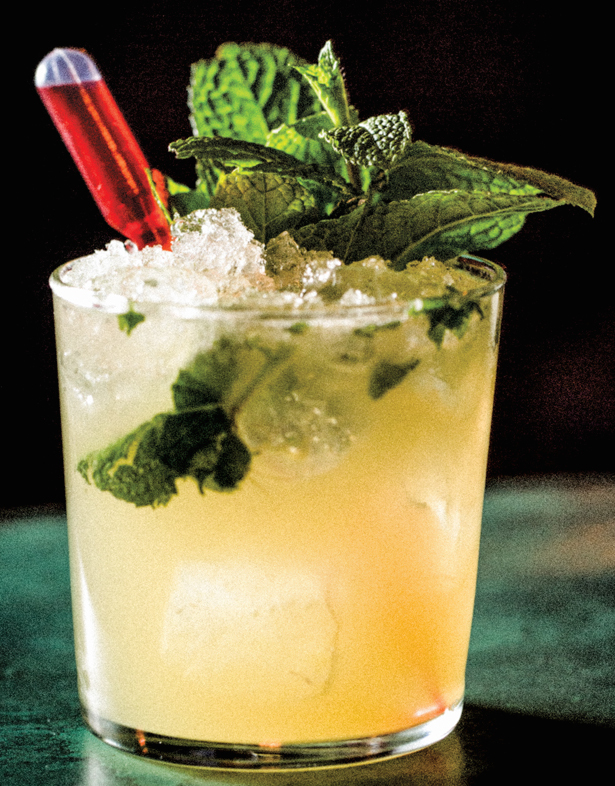
The bar’s original cocktails include the Audrey Rose, with Hendrick’s gin, liqueur de violettes, Dolin blanc vermouth, rose water, Peychaud’s bitters and acid phosphate, and the Narc Angel, with Ford’s gin, maraschino, orange curaçao, ginger, mint and lemon, served with a pipette filled with Campari. Whitechapel cocktail prices generally range from $12 to $16.
Whitechapel takes mercy on the not-so-gin-savvy guests by providing a daily “speed menu,” as well as a one pager with 10 to 12 drinks, and a full food menu. “So folks who don’t really want to dive that deep into it can keep it short and sweet and still get a good idea of what we’re about,” Cate says.
Local Flavor
Establishments that thrive on a gin focus have become more common as the many styles of gin—London dry, genever, Old Tom, New Western, barrel-aged—are getting a new look from younger drinkers.
There’s also the locavorian component: New distillers are constantly opening, and many have decided that gin with an unusual range of botanicals might provide enough volume to stay alive while their whiskies mature.
Some bars, especially those inside restaurants, have focused on the savory, culinary connection gin can make. At Oyster House in Philadelphia, the spirit and cocktail program was built on the image of people drinking Martinis while eating oysters, says bar manager Colin O’Neill.Oyster House has built a steady, happy-hour-Martini-loving clientele, much through staff education on gin. O’Neill also credits the The Negroni’s return to popularity as an aperitif cocktail with a renewed consumer interest in gin.
Oyster House’s seasonal cocktail menu changes, but it’s modest and lets the collection of 50 or so gins stocked at any time speak for themselves. Classics include French 75s, Gimlets and, of course, Martinis. The featured bowl drink this spring, Kelly’s Punch, is made with gin, cucumber water, vermouth and lime juice, and served with a gin-spiked oyster shooter.
Bartenders at Oyster House are expected to educate curious customers, whether it’s on the new local gins or the better-known, classic London drys.
“We leave a fair amount of responsibility to the bartender to guide the guests as to what the most appropriate gin for their cocktail,” says O’Neil. “If they’re looking for something not so much focused on the juniper botanical, we might steer them more to a New World gin.”
The spirit category offers a side array of styles. “There are so many that are not so juniper focused, and we have them for the vodka drinker wanting to step up, as we have barrel-aged gins for the whiskey drinker,” O’Neil says.

Joining the Gin Club
Erik Holzherr, owner of Wisdom DC, has favored gin since before opening one of the early cocktail-centric bars in Washington, D.C., in 2008.
“I was very much into gin, but nobody else on the planet seemed to be,” Holzherr says. “So I got all I could find—only about 11 brands or so at the time—and thought about doing a gin club to get people more interested.” Now with about 250 members who receive a discount on every gin cocktail and a scorecard to keep track, the club pushed guests to try different gins and build their palates, Holzherr says. Monthly events including gin tastings, and unique cocktails keep interest high.
Wisdom, too, uses house-made tonics, but Martinis are the bar’s specialties with a menu that describes the best way to order—bone dry, dry, standard and wet, and the amounts of vermouth used in each type. The menu also warns that bartenders shake all Martinis unless otherwise ordered.
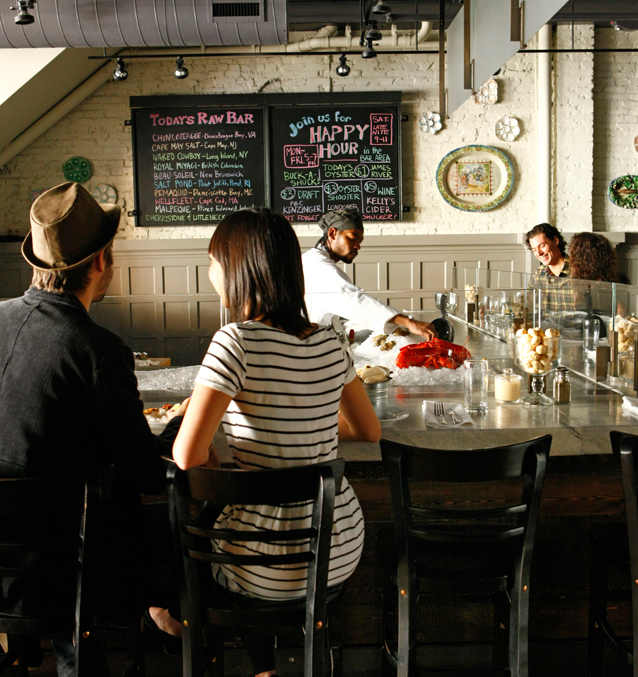
“I’m one of the few people that prefers shaking his Martinis, and I know lot of experts would argue with me, saying you’re diluting the gin too much,” Holzherr admits. “But unless it’s a very soft or low-alcohol gin, I believe the essential oils need to be unlocked this way.”
With the Martini focus, Wisdom also stocks about 30 vermouths right now to offer various flavor options in those Martinis.
Like at Smuggler’s Cove, Cate has installed two different “clubs” at Whitechapel to encourage sampling and get customers more involved in the gin thing. One, called “The Court of King Theodore of Corsica,” refers to an 18th-century adventurer who claimed royal titles and whose name somehow became shorthand for a tot of gin at the time.
Guests who achieve the remarkable—sampling all gin cocktails served—are “knighted” with a custom-made sword on which is engraved “By the steel in your heart, by the gin in your veins, the honor of Whitechapel shall ever remain.” The Whitechapel gin knights also receive enameled pins embossed with the saying.
The gin-sampling club, the Polk Street Irregulars, offers various levels of achievement through an educational component that includes self-guided mobile device PDFs on various styles and types of gin.
“The homework is to drink gin, which isn’t bad,” says Cate. Tasting gins neat, or trying one gin with three different tonics, or one tonic with three gins, are among the assignments. Polk Street Irregulars receive recognition via English peerage titles—viscounts, duchesses, barons, etc. No one has yet reached the highest level.

Custom Expressions
The last frontier of gin bars might be custom-made, house gins, and Whitechapel can lay claim to two. Cate and bar manager Keli Rivers like local gin from Distillery No. 209, but they wanted one with more of a classic, London dry quality.
“We wanted something versatile that we could use a lot of,” Cate says. The result is a 90-proof, classic, nine-botanical London dry with lemon verbena, English black walnut and hops as accents.
They also found some barrel-aged gins made by Spirit Works in Sebastopol, CA, that were more aggressively flavored than distiller planned, but fit perfectly into Whitechapel’s concept.
No gin, it seems, is beyond appeal to today’s gin fans. Rivers and Cate were when interviewed trying to track down bottles of the mistakenly released 154-proof Bombay Sapphire in Canada. “I bet it tastes fantastic,” Cate says.
Jack Robertiello is a beverage alcohol writer and spirits judge based in Brooklyn, NY.
The post These Cocktails and Bars Have Helped Gin Rebound first appeared on Beverage Dynamics.


